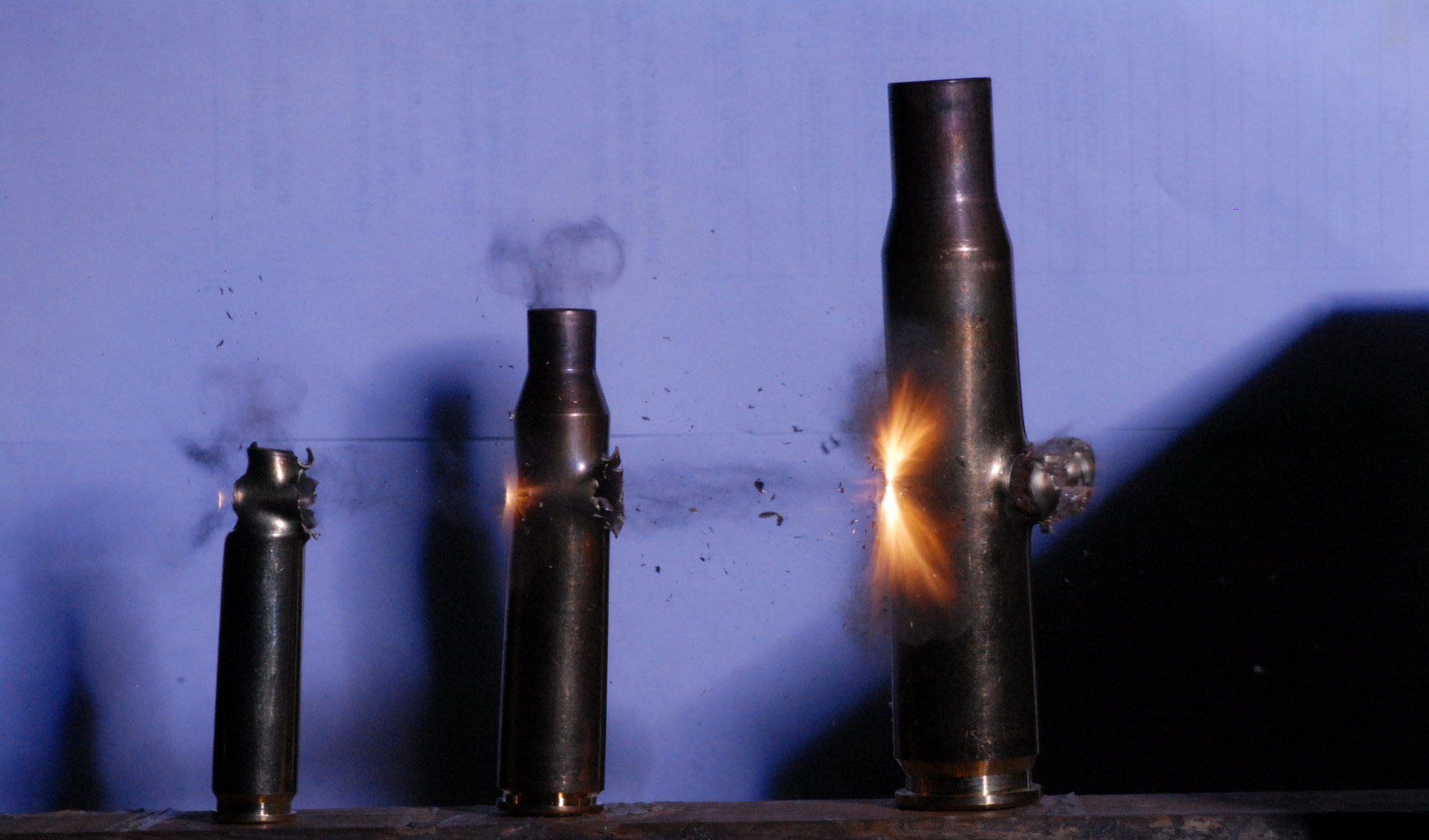It is through mistakes that we learn. Sometimes I have to keep reminding myself that. When we left off we had cut a 8in blank, faced off both ends, and drilled a .500 hole through the part. At this point we were ready to begin turning the part down to size and begin threading.





Here is about where things went wrong and I started learning. During my set up, I set the compound to 29 1/2 degrees, as I was taught to do by multiple youtube videos and online articles. I fed in using the compound, and fed only .010 to .015 per pass. The threads cut were beyond rough.

Furthermore I did not cut a thread gutter, and I found out the folly of not doing so. I chipped two out of the three cutting edges on the workpiece. This was not going well at all. What finally scrapped the piece was when I screwed up the timing and engaged the power feed a little too late. By the time I realized that I was cutting off all the thread I had just cut, it was too late.

There were a few lessons I learned from the failed attempt
- Thread gutters make life easier – I have a new respect for those who can thread to a shoulder. I make an allowance for it in the design, I should have made the cut before I started threading.
- Cut the Blank long enough to hold it securely in the chuck – The first blank I cut was 8 inches for a 5.75in part. There was not much being held in the chuck. I am sure it isn’t the reason the part failed but it wasn’t the easiest to work with either.
- 29 1/2 degrees may not be appropriate when cutting thread with some carbide insert tooling – It’s not as common to see this advice given, but I read a few threads where it was recommended not to set the compound at an angle when using insert tooling. Rather leave the compound parallel to the work and feed in using the compound.
- If you can, cut the feature you think you’ll screw up on before, putting all the time into the rest of the part. That way if you mess things up, its early on and you don’t have as much blood, sweat and tears invested into the part.
I took the lessons learned and tried again the next day. I cut a 12in blank, faced one side, spot drilled the end to allow for a live center, and turned the piece to ~1.490in. I used a part off tool to cut a thread gutter roughly .100 wide and .100 deep. This time I did not set the compound to 29 1/2 degrees, I left it parallel with the work.

The threads turned out much cleaner then any threads I had cut previous too. There seemed to be less “tearing” of the steel and more cutting which left a cleaner finish. When I was nearing the end of the cutting operation, I used my mill files to knock the burrs off the top of the thread, and used a 60 degree file to clean a little roughness in the valleys.


Once I was happy with the threading, I finished with the rest of the operations that had been done on the scrapped part. Naming boring the part to .500.

I did decide to make the housing a little longer than my original design called for. Namely so there was a little more material to grab when screwing the die housing in and out of the press. I’m debating leaving the threads the full length of the part instead of cutting the shoulder as shown in the drawing.

There are a few more operations that need to happen, including the counter bore, and drilling the holes for the spring detents. I am also considering knurling the top of the piece to provide a little grip. For that I will need to purchase more tooling.
